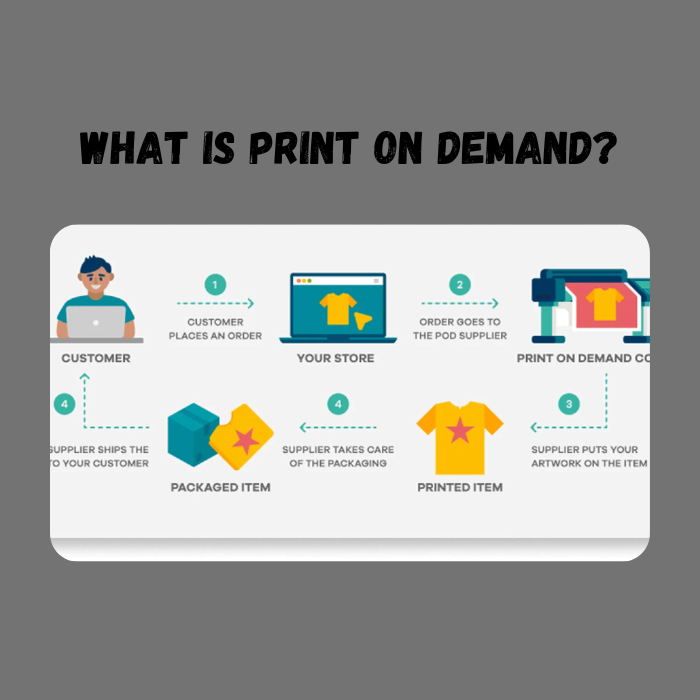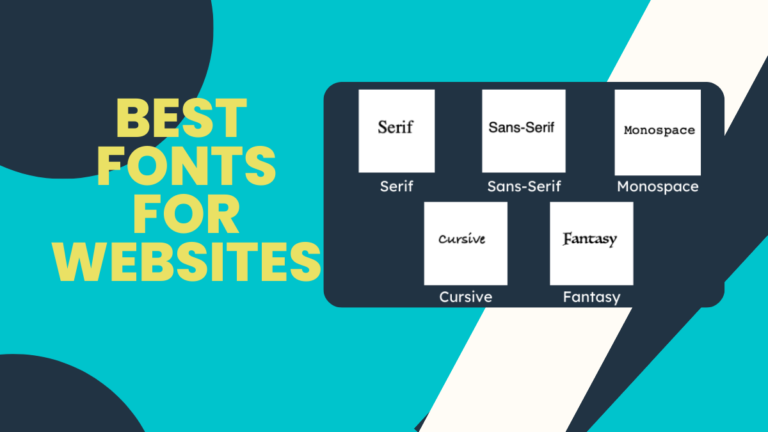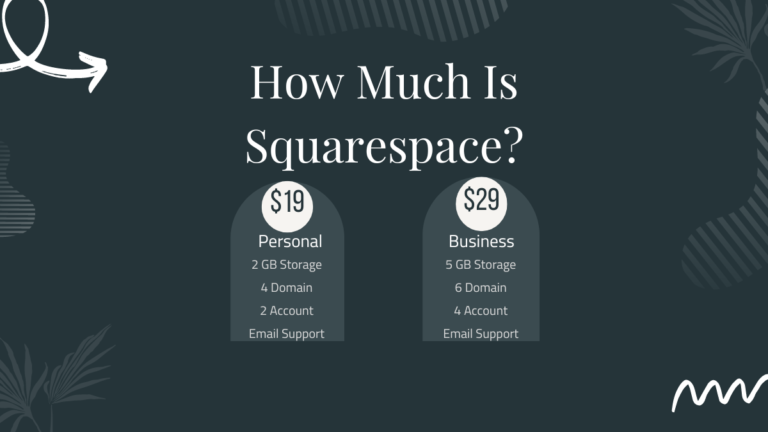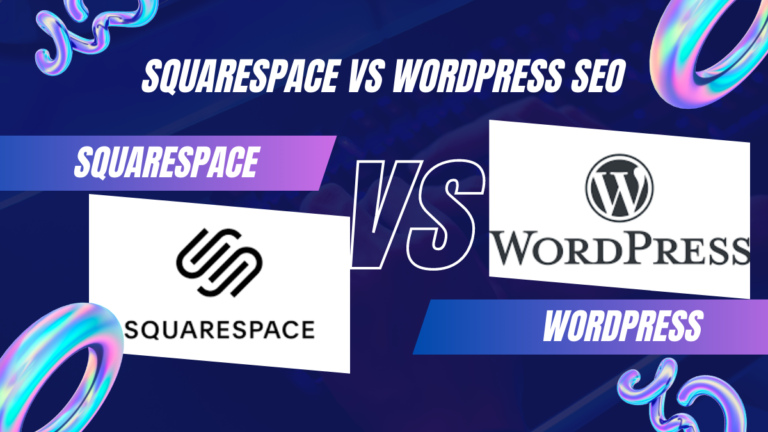What Is Print On Demand?
Are you tired of the traditional brick-and-mortar business model? Looking for a flexible and low-risk way to unleash your creativity and make some extra cash? Look no further than Print On Demand.
This innovative concept has taken the e-commerce world by storm, allowing individuals like you to design and sell custom products without worrying about inventory or upfront costs. In this blog post, we’ll dive deep into what exactly Print On Demand is all about, how it works, and why it might be the perfect opportunity for you to turn your passion into profit. So buckle up as we embark on this exciting journey together.
Table of Contents
How Does Print On Demand Work?
Print on demand (POD) is a printing technology that enables customers to print copies of materials they have purchased, often without having to wait for the original physical items to be delivered.
Materials are printed as needed and are not kept in inventory. POD systems allow publishers to print a set quantity of a title, typically one copy per customer, and then sell that title back to the publisher’s customers at a marked-down price. According to the POD Bureau, an estimated 25 percent of all books published in the United States are printed using POD technology.

Types of Print On Demand
Print on demand (POD) is a printing technique that allows customers to order prints directly from the printer, without having to wait for them to be shipped. This can be helpful if you have a limited number of prints that you need and don’t want to spend the time and money it would take to order them through a regular printing process.
There are a few different POD services available, each with its own set of advantages and disadvantages. One common type of POD service is direct digital printing, which uses digital files sent from the printer to the customer’s computer. This type of service is popular because it eliminates the need for shipping and handling, as well as any possible delays due to traffic or weather conditions.
However, direct digital printing comes with its own set of drawbacks. For one thing, most printers only offer limited output formats, so if you need something else not supported by the printer, you’ll likely have to go through an intermediary like a graphics shop or print shop. Also, because digital files are typically small in size, direct digital printing can result in low-quality prints if your computer isn’t powerful enough to handle the file sizes.
Another common type of POD service is traditional offset printing. With this approach, prints are printed on large sheets of paper using an offset press and then shipped directly to customers’ homes or businesses. Offset printing is usually more expensive than direct digital printing but offers higher-quality prints due to its use of large sheets of paper.
Finally, there is the hybrid approach, which combines features of both traditional offset printing and direct digital printing. With a hybrid POD service, you order prints through the service provider, but the printer sends the digital files to your computer so that you can print them yourself. This type of service is advantageous because it allows you to get high-quality prints without having to invest in a dedicated printing printer.
Each type of POD service has its own set of advantages and disadvantages, so it’s important to choose one that best suits your needs and preferences.
Benefits of Print On Demand
Print on Demand (POD) is a printing technology that allows customers to print products immediately after buying them, without waiting for the traditional printing process. This saves time and money because it eliminates the need to print large quantities of products upfront.
- Some benefits of POD include:
- Customers no longer have to wait for their products to be printed; they can print as needed.
- The ability to quickly respond to customer demand.
- Lower production costs because there is no need for large upfront investments in printers and staff.
- Reduced environmental impact because fewer printed materials are produced.
- Increased customer satisfaction because products are delivered quickly and of high quality.
What Are the Advantages of Print On Demand?
Print on demand (POD) is a printing technology that allows customers to order printers and print products without waiting for them to be shipped from the manufacturer. POD eliminates the need to keep an inventory of printed products, which can help businesses save money. Additionally, POD reduces environmental impact by reducing the amount of paper used.
What are the Disadvantages of Print On Demand?
One of the main disadvantages of print-on-demand is that it’s not always affordable. You may have to pay a fee for the printing and then plus shipping and handling costs.
A second disadvantage is that you can’t always get the exact book or item you ordered. Sometimes the print quality isn’t as good as what you would get if you ordered a copy from a traditional bookstore or online retailer.
Conclusion
Print-on-demand (POD) printing is a new and innovative way to produce printed materials. By allowing customers to order print products directly from the publisher, POD allows for quick turnaround times, minimal inventory needs, and increased flexibility in product design.
With so many benefits to this type of printing, it is no wonder that POD is quickly becoming the preferred method of production for small businesses and entrepreneurs looking to take their business to the next level.






